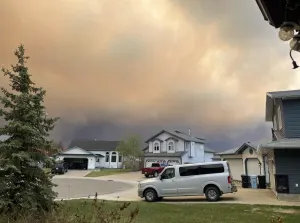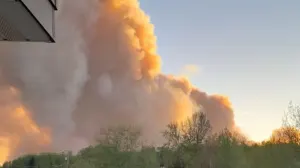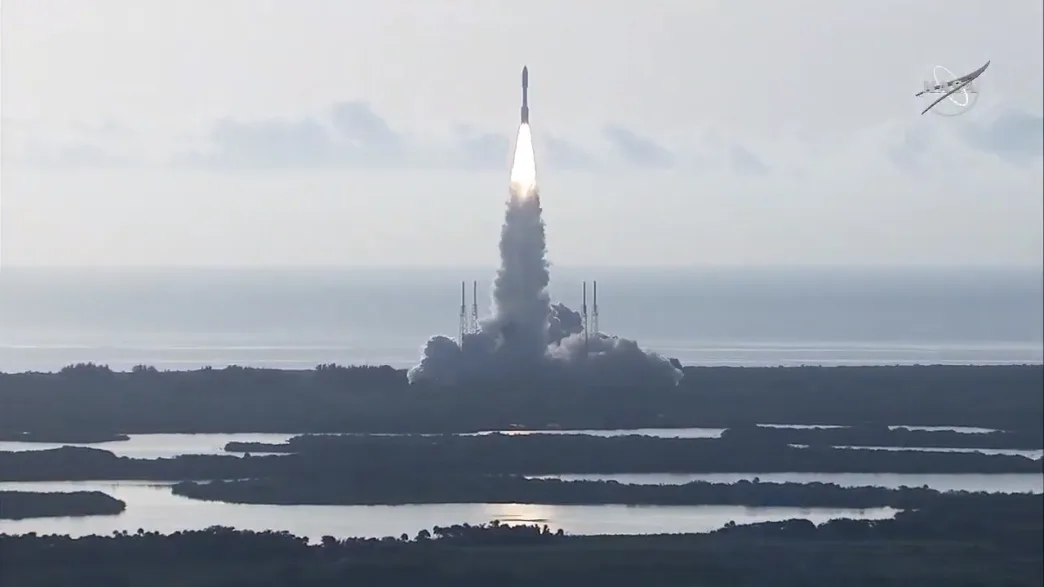
The new age of space exploration could damage the ozone layer
Scientists are raising the alarm about the potential environmental and health impacts from future space launches.
With the increasing number of rocket launches, concern is growing for the amount of black carbon being spread into the upper atmosphere. As a result, there are now calls for new regulations to reduce the environmental impacts from space flights.
Black carbon, also known as soot, is produced by the incomplete burning of fossil fuels. It became a major problem in the late 19th century, at the start of the Industrial Revolution, due to its impacts on human health. As a result, in the decades since, measures were taken to reduce the amount of black carbon that gets emitted into the air.
Another source of black carbon is becoming more of a concern in the 21st century, though.
Rocket launches are currently estimated to release around 1,000 tonnes of soot into the atmosphere each year, says NOAA, although the exact amount is still poorly understood.
The main concern about this isn't so much its effects on the environment near the surface, but instead, in the upper levels of our atmosphere as black carbon is injected into the stratosphere.
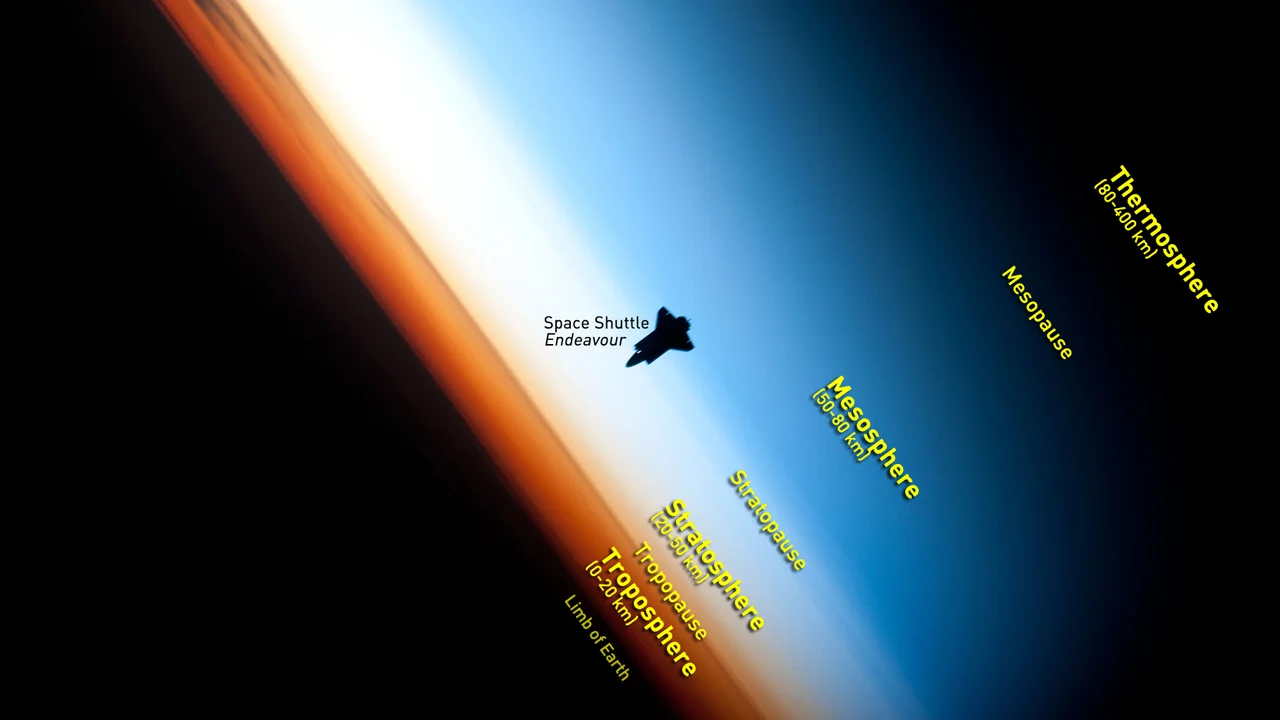
This photograph of the Space Shuttle Endeavour was taken by an astronaut on board the International Space Station in 2010. The different layers of the atmosphere are on full display in the background behind Endeavour, with the stratosphere located between 20-50 kilometres above the surface. (NASA/Scott Sutherland).
Soot has one primary effect in the stratosphere: it absorbs incoming sunlight and reradiates it as heat, causing a rise in temperatures.
Over the past 40 years or so, due to global warming, the stratosphere has generally been cooling and shrinking, as outgoing radiation from the surface is trapped in the troposphere by greenhouse gases.
And according to new research from NOAA's Chemical Sciences Laboratory, a ten-fold increase in rocket launches is expected over the next 20 years — for space tourism, lunar missions, and solar system exploration. In that scenario, enough black carbon could be injected into the stratosphere each year to raise global stratospheric temperatures by between 0.5-2°C.
Such a temperature rise is expected to cause significant changes in weather patterns, slowing the subtropical jet stream and weakening the stratospheric overturning circulation — the large-scale circulation of air through the stratosphere that delivers heat and moisture to the poles.
A greater concern, however, is the impact this will likely have on the stratospheric ozone layer.
Read more: Ozone layer hole that was once larger than Antarctica has finally closed
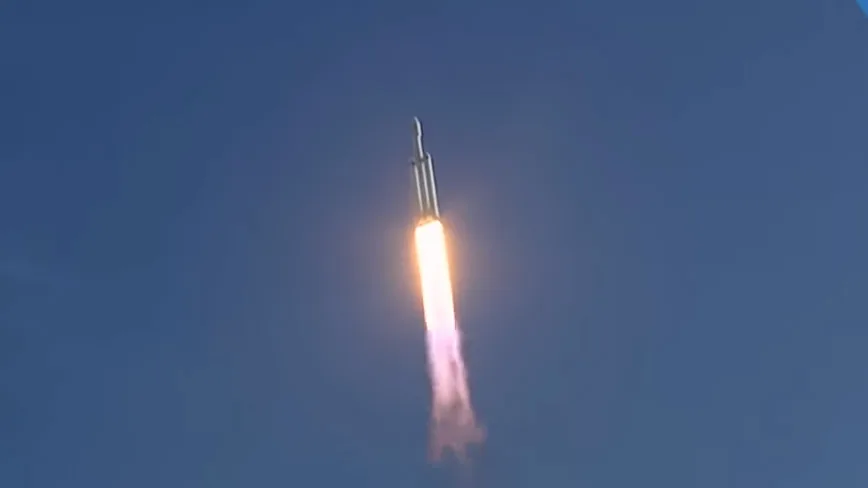
The Falcon Heavy booster rocket climbs towards space during its February 6, 2018 test launch. (SpaceX)
In their modelling, the researchers found that the ten-fold increase in soot resulted in a thinning of the ozone layer over the northern hemisphere almost year-round. This loss peaked at up to 4 per cent ozone over the north pole in mid-summer.
Running their model with even higher emissions, from a 30-fold and 100-fold increase in launches, resulted in even greater ozone losses.
"The bottom line is projected increases in rocket launches could expose people in the Northern Hemisphere to increased harmful UV radiation," said Christopher Maloney, the lead author of the study from NOAA's Chemical Sciences Laboratory.
The source of the black carbon resulting from these rocket launches is the specific fuels they burn to reach space.
Rockets like Blue Origin's New Shepard, currently being used to send space tourists up above the Karman line, are not a concern when it comes to black carbon emissions. The BE-3 engines on these rockets burn clean, using a combination of liquid hydrogen and liquid oxygen, which produces only water vapour as a result. Injecting water vapour into the upper atmosphere has its own impacts, but it does not contribute to the effect the researchers were studying here.
Not all rockets can burn such a clean mixture of fuel, though. It comes down to how much power is produced. Launching a small capsule with a half-dozen people 100 kilometres straight up requires far less power than boosting a communications satellite into a stable orbit, or sending a spacecraft to the Moon or Mars. For those missions, rockets use some form of fossil fuel.
The rocket-grade kerosene (RP-1) burned by the Merlin engines powering SpaceX's Falcon 9 rockets produce abundant soot. The same goes for the so-called hybrid engines, like the one used by Virgin Galactic's SpaceshipTwo space plane, which combine solid fuel with a liquid or gas oxidizer.

The 9 Merlin engines of this SpaceX Falcon 9 rocket booster are on display here, in this photo from Kennedy Space Center in 2019. (NASA/Austin Lowery)
The engines themselves factor heavily into how much soot is produced, as well. Two different engines burning the exact same fuel can produce very different soot emissions depending on the exact design.
Either due to convenience, lower cost, or environmental concern, some space launch companies are dealing with this problem on their own. The Raptor engines being used by SpaceX to test their Starship booster burn a combination of liquid oxygen and liquid methane. Blue Origin's BE-4 engines, intended for use on their New Glenn rocket, will use a similar mixture of liquid oxygen and liquified natural gas (LNG). While methane and LNG are still fossil fuels, they burn much cleaner than kerosene or solid fuels. They are also expected to produce less black carbon.
At the moment, NOAA says that this study is just the first step, and that more research is needed.
Scientists need to get a better idea of exactly how much soot is produced by different rockets, rocket engines, and fuel types. They also highlight the increasing number of satellites burning up as they reenter from space, which may represent an additional source of soot in the upper atmosphere. With a better idea of how much soot is being emitted into the stratosphere now, and what emissions are likely to be in the future, researchers can better evaluate the dangers to the environment and human health.
"We need to learn more about the potential impact of hydrocarbon-burning engines on the stratosphere and on the climate at the surface of the Earth," Maloney said. "The relative impacts of different rocket types on climate and ozone should be better understood with further research."
Thumbnail image: NASA's Mars 2020 Perseverance rover launches from Cape Canaveral on July 30, 2020. (NASA TV)








